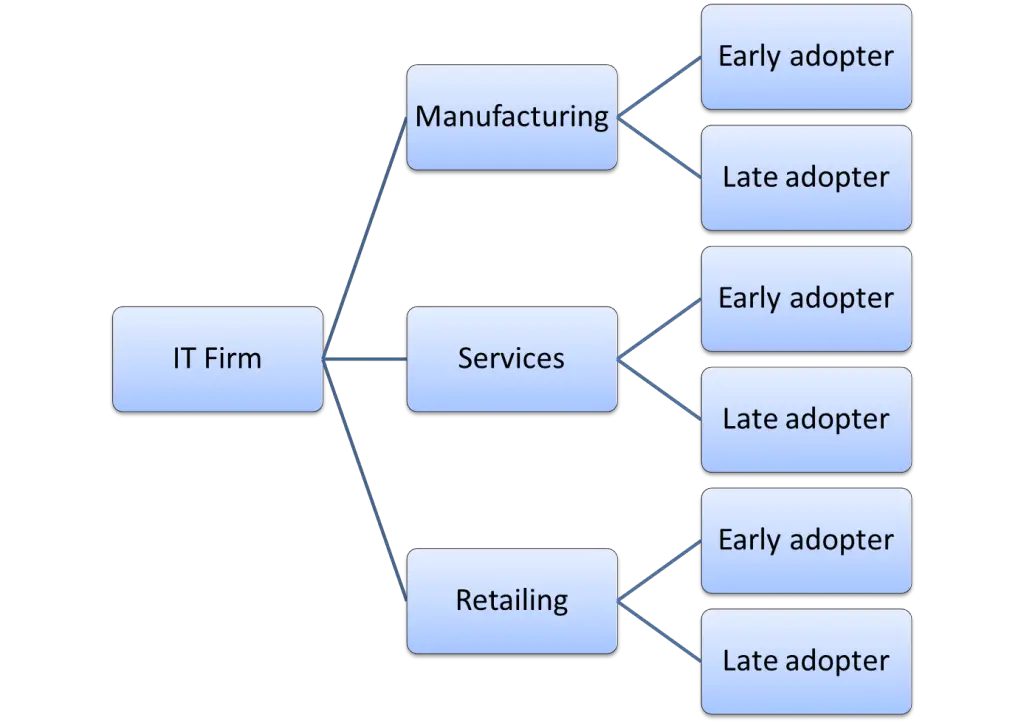What is a business segmentation base?
A business segmentation base is definable characteristics or behavior of organizations that can be utilized to classify the organizations into related groups, for the purpose of target marketing.
Main business segmentation bases (with examples)
Geographic location/s: Where the business operates.
Examples: Countries, regions, spread of operations across areas
Business description: Basic description of the firm.
Examples: Ownership structure, size, profitability, industry, number of staff, profit/growth, product mix, technology
Behavioral: How they operate.
Examples: centralized, loyal or switchers with their suppliers, fast or slow decision-makers, franchise system
Corporate Culture: Their mindset, personality, decision style:
Examples: Early or late adopter?, analytical or intuitive? socially aware?, need lots or limited information to make decisions?
Organizational goals: Strategy and objectives.
Examples: market leadership goals, high growth goals, specialist or diverse mix of operations, brand importance, innovation goals
An Example Business Market Segmentation (Using Business Description and Culture)
An IT firm, which has developed accounting software for the business market, could segment by:
- broad industry type (such as manufacturing, services and retailers – which is a business description segmentation base) and then
- segment by whether the firm is a lead user/early adopter or a follower/laggard (which is a cultural segmentation base).
Resulting in segmenting the market into six different market segments, as shown in the following diagram:


